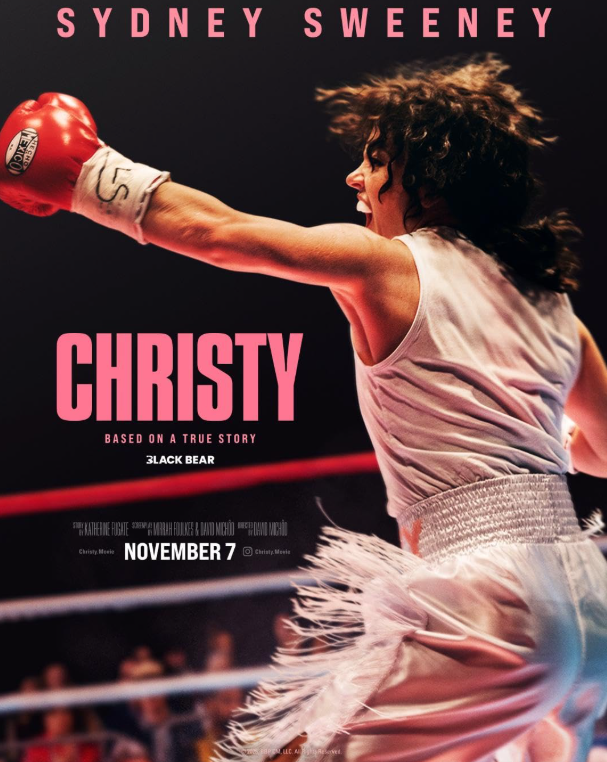“I wanted people to walk away and say, ‘Christy Martin is a good boxer,’” Martin recalls. “Not a good woman boxer—a good boxer.”
But women’s boxing had still not earned the general public’s respect. On several occasions, Martin recalled in her autobiography, she had to use a janitor’s closet as her dressing room before a fight. Borges, who was reporting on boxing at the time, says most people, including himself, regarded the sport as a “cat fight.”
“Christy originally was going to be, for lack of a better word, part of the ‘freak show,’” Borges says. “But what they didn’t understand was she wasn’t interested in being part of a freak show. She was interested in being a great professional athlete, and she was going to put in all the effort it took for that to happen.”
Boxing promoter Don King, who had worked with big names including Muhammad Ali, George Foreman and Mike Tyson, signed Martin in 1993. He had never promoted a woman before, but he soon began assigning her to the opening or closing act of Tyson’s matches and paying her thousands of dollars for each gig.
By 1996, Martin was earning $15,000 per fight. That March, King put her on the lineup for an event in Las Vegas, where Tyson was vying for the World Boxing Championship title. Martin was set to fight Deirdre Gogarty, a lesser-known Irish boxer whom she would beat—though not easily.
The women’s match, compared with Tyson’s rather uninteresting main event, was more entertaining for audiences. Full of blood and serving as a testament to the sport known as the “hurt business,” the showdown left spectators talking about Martin, not Tyson.
In that moment, Borges says, Martin “created a sport that did not exist.”
He adds, “When you mention women’s boxing, the first name you hear is Christy Martin, and the first fight you hear [about] is that fight.”
